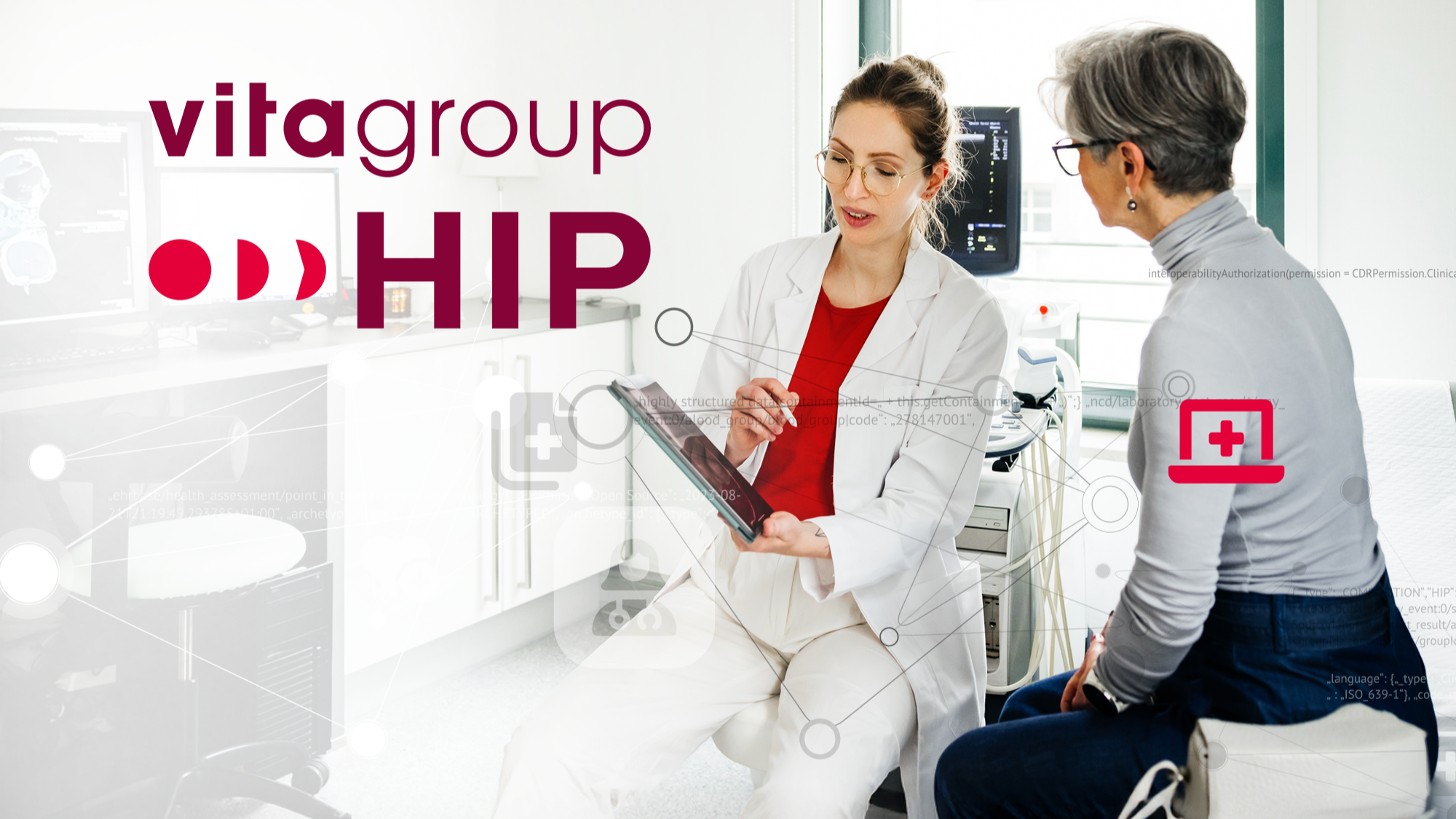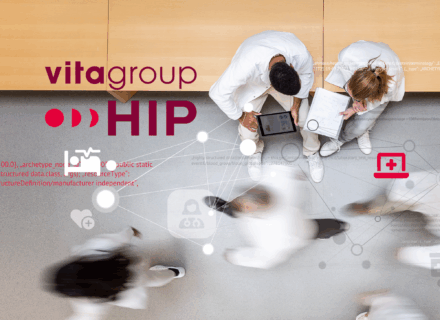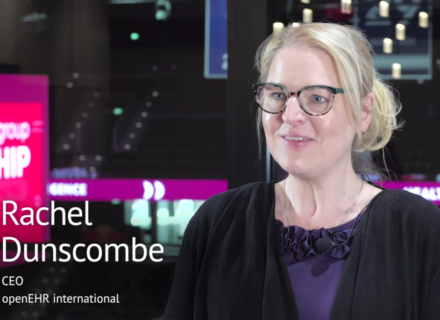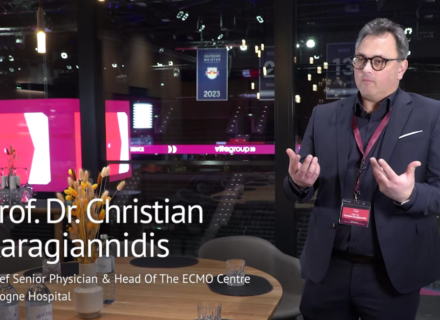How open platforms help empower patients
As patients increasingly expect to play an active role in their healthcare decisions, access to medical information has become crucial. Open platforms are emerging as a key technology for meeting this need by breaking down traditional data silos and enabling seamless sharing of data across different care settings.

“Gimme my damn data!” This powerful call to action from Dave deBronkart, widely known as e-Patient Dave and a prominent patient advocate, captures the growing demand for patient engagement in their care.
There are numerous examples of why patient engagement leads to better patient outcomes. In Dave’s case, after being diagnosed with terminal kidney cancer in 2007 with expected survival of 24 weeks, he joined an online patient community, learned about high-dose IL-2 therapy, and collaborated with his medical team to undergo this targeted treatment, which ultimately helped him survive dire cancer diagnosis. This highlights how informed patients can play a crucial role in exploring life-saving treatments and improving their healthcare outcomes.
But for patients to be able to participate in their care, access to data and information is crucial. And in healthcare, there is lots of data: in 2025, more than one-third of 180 zettabytes of data will come from healthcare. Traditional healthcare systems often trap this valuable information in proprietary formats and isolated silos, making it difficult for patients (and healthcare professionals) to access their complete medical history or share information across providers.
Removing barriers
As we enter an era where patients are increasingly active participants in their care rather than passive recipients, open platforms provide the technological foundation that makes meaningful engagement possible. They empower patients with the tools and information they need to be productive partners in their healthcare journey.
First, open platforms break down the walls between disparate systems, allowing patients and providers to access comprehensive health information regardless of where care was received. A patient’s complete story – from primary care visits to specialist consultations to emergency room encounters – becomes accessible in one place.
Second, open platforms store medical data in structured manner, meaning that everyone involved in patient’s care will have access to the same information, making it easier to analyse, share, and interpret the data.
Third, open platforms do not lose data with updates or system changes but store it for the life of a patient, enabling the creation of truly longitudinal health records that follow patients throughout their lives. No longer does changing doctors or moving to a new city mean starting from scratch. Patient’s health story remains intact and accessible, providing crucial context for every healthcare decision.
Finally, open platforms enable the creation of a comprehensive health record that extends beyond traditional healthcare setting by integrating information from diverse sources such as fitness trackers, home medical devices, nutrition apps, and mental health platforms. This provides a two-way communication between patients and healthcare providers, enabling patients to actively participate in their health records by logging daily symptoms, uploading data from wearable devices, and sharing relevant lifestyle information.
Transforming patient engagement in Saarland hospitals
vitagroup HIP’ collaboration with PLANFOX to develop patient portal for hospitals in Saarland demonstrates how open platforms can transform patient engagement. The project leverages our Health Intelligence Platform (HIP) for data storage while enabling seamless integration and unified access to patient portal across all participating hospitals. The portal simplifies communication channels and improves access to patient’s health information, for example from the comfort of a patient’s own home, supporting active patient engagement in their care journey, from pre-admission preparation to ongoing treatment plans.
“Making appointments online, submitting important data and documents prior to admission, conducting digital anamnesis, exchanging messages with clinic staff, and tracking treatment status – this is what the future portal offers patients in Saarland,” explains Joachim Neugebauer, Vice President Clinical Care Solutions at vitagroup.
The long–term goal of the project is for the portal implementation to be designed with both flexibility and standardisation in mind. In the long run, each participating hospital will have its own HIP client, allowing for individual configurations while maintaining interoperability through a shared openEHR database structure. This approach maintains consistent clinical data storage across all systems, achieving native interoperability at the database level. Patient data is also seamlessly exchanged between participating clients ensuring that everyone involved in the patient care has access to the latest and most relevant information.
We combine openEHR for data storage with FHIR as the primary communication standard, and, by doing so, we are creating a robust and future-proof infrastructure. This standardised approach enables patients to easily share their treatment documents and access their information when needed, enabling greater self-determination in their healthcare journey.
So, as healthcare continues to digitalise, there is increasing evidence that open platforms provide the foundation for both patients and providers to make more informed decisions with complete data at their fingertips.



